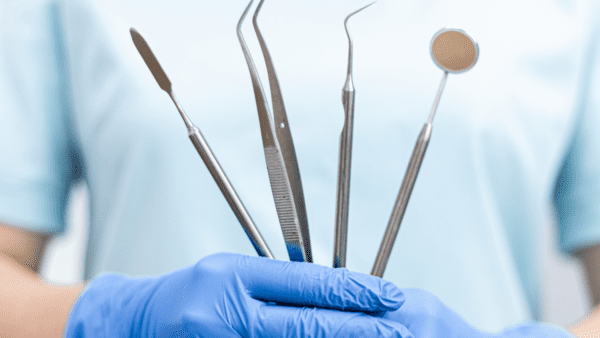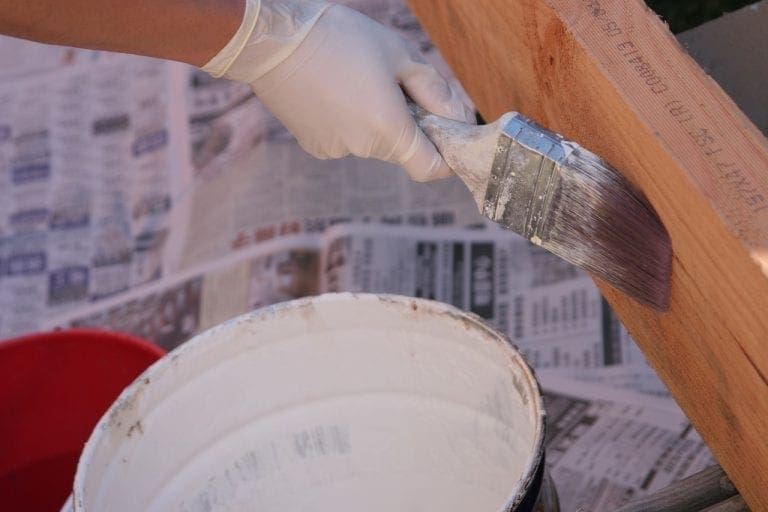The Evolution of Dental Treatments: From Routine to Emergency Care

The history of dental treatments is as old as humanity itself, marked by an ongoing quest to alleviate oral discomfort and improve dental health. In ancient times, dental care was rudimentary, often a mix of superstition and emerging medical practices. Evidence from ancient civilizations, like the Indus Valley and Sumer, suggests the use of basic tools and techniques for tooth extractions and crude fillings. Herbal remedies and early forms of mouth rinses were also popular, indicating a rudimentary understanding of dental hygiene.
As we progressed into the Greek and Roman eras, a more systematic approach to dental care emerged. These civilizations brought forth writings on tooth decay and gum diseases, shedding light on a more sophisticated understanding of oral health. Tools became more refined, and the use of forceps for extractions and early forms of dental prosthetics were notable advancements of these times.
The Middle Ages, however, saw a decline in the sophistication of dental practices, often muddled by prevailing superstitions. It wasn’t until the Renaissance that a renewed interest in scientific inquiry led to significant improvements. This era marked the transition from primitive dental practices to more organized and thoughtful approaches, setting the foundation for modern dentistry.
The Rise of Modern Dentistry: Innovations and Developments
The 19th century marked a watershed moment in the evolution of dental treatments, heralding the age of modern dentistry. This era witnessed the introduction of anesthesia, making dental procedures less painful and more bearable. With the advent of anesthesia, dentists could perform more complex and lengthy procedures, significantly enhancing the scope of dental treatments.
The development of the dental drill revolutionized the field, allowing for more precise and less traumatic tooth preparations. This era also saw the establishment of the first dental schools, formalizing dental education and paving the way for a more scientific and systematic approach to dental care. The importance of oral hygiene gained prominence, shifting the focus from merely treating dental ailments to preventing them.
Dental materials also underwent significant transformations during this period. The introduction of amalgam and other restorative materials improved the durability and aesthetic appeal of dental fillings. These advancements not only enhanced the effectiveness of dental treatments but also improved their aesthetic outcomes, making them more acceptable to patients.
The Digital Revolution in Dentistry: A New Era of Precision and Efficiency
The late 20th and early 21st centuries have been defined by the digital revolution in dentistry. Digital imaging, including X-rays and intraoral cameras, has provided dentists with unparalleled diagnostic capabilities. This technology allows for the detection of dental issues at their nascent stages, enabling early intervention and more conservative treatments.
Computer-Aided Design and Computer-Aided Manufacturing (CAD/CAM) technology have transformed prosthetic dentistry. This technology enables the creation of precise and custom-fitted dental restorations like crowns and veneers, often within a single visit. The accuracy and speed of these processes significantly enhance patient experience and treatment outcomes.
Furthermore, digital patient records have streamlined the administrative aspect of dental practices, improving efficiency and patient care. These electronic records provide easy access to patient history, treatment plans, and diagnostic images, facilitating more coordinated and comprehensive dental care.
Routine Dental Care: The Backbone of Oral Health
Routine dental care forms the backbone of oral health, focusing on prevention and early intervention. Regular dental check-ups play a critical role in maintaining oral hygiene, allowing dentists to monitor oral health and prevent the progression of dental issues. These visits typically involve a thorough examination of the teeth and gums, professional teeth cleaning, and occasionally, diagnostic imaging.
Advancements in preventive dentistry have been pivotal in reducing the prevalence of common dental issues like cavities and gum disease. Fluoride treatments and dental sealants are excellent examples of such preventive measures. Fluoride strengthens tooth enamel and helps prevent tooth decay, while sealants protect the chewing surfaces of the back teeth from cavities.
Patient education is another crucial aspect of routine dental care. Dentists and dental hygienists play a vital role in educating patients about proper oral hygiene practices, such as brushing, flossing, and the importance of a balanced diet for oral health. This education helps patients take an active role in maintaining their oral health, reducing the likelihood of severe dental issues in the future.
Emergency Dental Care: Responding to Urgent Needs
Emergency dental care is an essential aspect of dentistry, providing immediate relief for acute dental problems. These emergencies may include severe toothaches, dental trauma, infections, and abscesses, which require prompt attention to alleviate pain and prevent further complications. In such scenarios, the prompt and effective intervention of a dental professional is critical.
The field of emergency dentistry has experienced considerable advancements, especially in the techniques and materials employed for immediate treatments. Within this rapidly evolving sector, top-tier dental practices, such as My Dentist San Francisco, are leading the charge, demonstrating a profound commitment to delivering quick and effective emergency care. Their methodology in addressing urgent dental concerns, reflective of the critical insights detailed in the comprehensive emergency dentistry guide on their website, highlights the sector’s advanced skills in managing such demanding situations.
In emergency situations, the expertise and rapid response of dental professionals are paramount. They are equipped to offer not only immediate relief but also comprehensive treatment plans to address the underlying cause of the emergency. This level of care is crucial in managing dental emergencies effectively and ensuring the long-term oral health of patients.
Cosmetic Dentistry: Enhancing Smiles and Confidence
The field of cosmetic dentistry focuses on improving the appearance of a person’s teeth, gums, and bite. Its rise in popularity is a testament to the increasing value placed on aesthetic appeal and the role of a beautiful smile in enhancing one’s confidence and self-image. Procedures like teeth whitening, dental veneers, and orthodontic treatments are highly sought after for their ability to transform smiles.
Technological innovations have played a significant role in the advancement of cosmetic dentistry. Techniques such as laser teeth whitening and digital smile design allow for more precise and effective treatments. These technologies have made cosmetic dental procedures more accessible and comfortable for patients, with shorter treatment times and improved outcomes.
The psychological impact of cosmetic dentistry cannot be overstated. A pleasing smile can dramatically improve a person’s self-esteem and social interactions. Many patients report a significant boost in confidence and quality of life following cosmetic dental treatments, underscoring the profound impact of aesthetic dental procedures on overall well-being.
Bridging Dental Care with Overall Health: A Holistic Approach
The connection between oral health and overall health is well-established, highlighting the need for a holistic approach to dental care. Chronic oral infections, such as gum disease, have been linked to various systemic conditions, including heart disease, diabetes, and stroke. This interrelationship underscores the importance of maintaining good oral hygiene for overall health.
Advancements in the understanding of this connection have led to more collaborative care between dentists and other healthcare professionals. For instance, the management of gum disease is not only about preserving oral health but also about mitigating risks associated with systemic diseases. This integrated approach ensures comprehensive care for patients, addressing both their oral and general health needs.
The role of nutrition in oral health is another aspect of this holistic approach. Dentists often advise patients on the impact of diet on oral health, emphasizing the importance of a balanced diet rich in nutrients that support healthy teeth and gums. This advice is part of a broader strategy to maintain oral health as a critical component of overall well-being.
The Future of Dental Treatments: Innovations and Expectations
As we look to the future, the field of dentistry is poised for further groundbreaking advancements. The integration of artificial intelligence and machine learning in diagnostics and treatment planning is expected to enhance the precision and personalization of dental care. These technologies have the potential to revolutionize how dental conditions are diagnosed and treated, making procedures more efficient and patient-specific.
The exploration of regenerative dental treatments, such as stem cell therapy and tissue engineering, holds promise for the restoration of lost or damaged dental tissues. This research could lead to novel treatments for conditions currently deemed irreversible, such as tooth loss and severe gum disease.
The ongoing commitment to improving patient experience is also a critical aspect of the future of dental treatments. The development of less invasive techniques, pain management strategies, and patient-centered care approaches will continue to enhance the quality of dental services. These advancements, combined with a strong emphasis on preventive care, will shape the future of dental treatments, ensuring better oral health outcomes for patients worldwide.
Finally, the evolution of dental treatments from routine to emergency care is a testament to the relentless pursuit of excellence in the field of dentistry. This journey, marked by significant milestones and innovations, reflects the dedication of the dental community to improving the oral and overall health of individuals. As dental practices continue to evolve, they will undoubtedly play an increasingly vital role in the landscape of healthcare.







